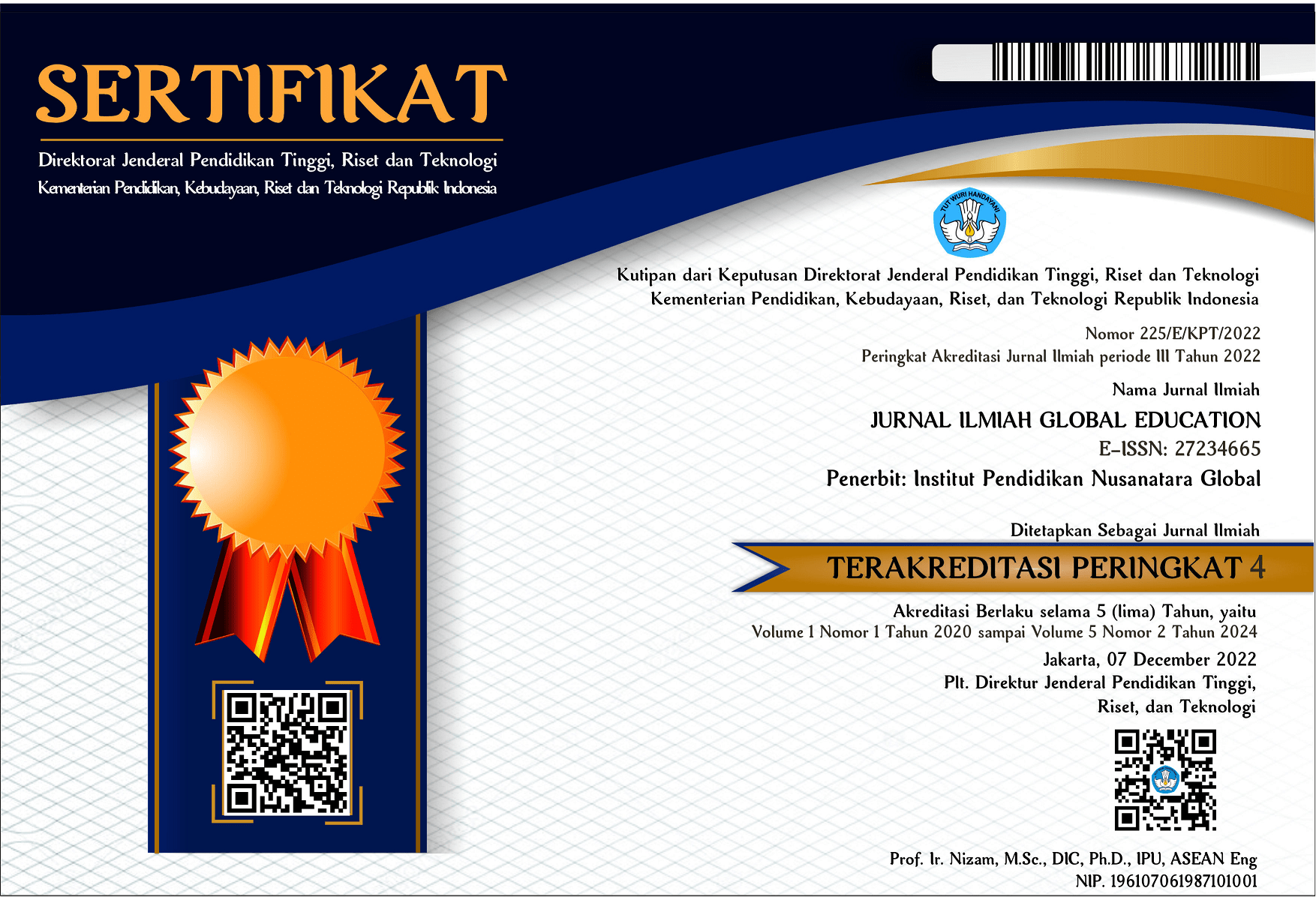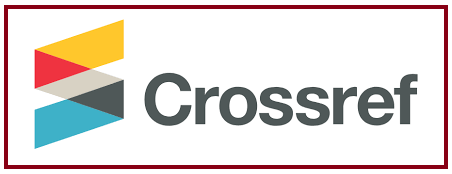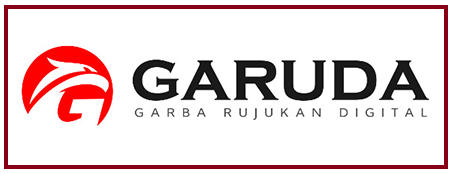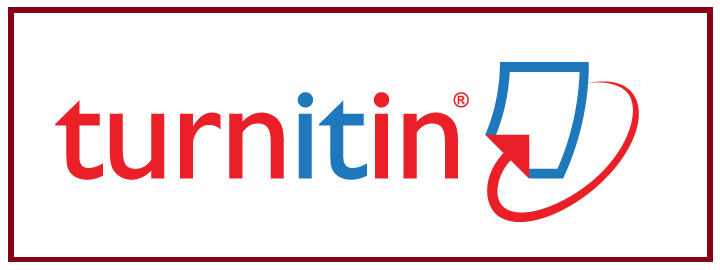PENGARUH MODEL PROBLEM BASED INTRODUCTION TERHADAP PRESTASI BELAJAR IPS KOMPETENSI MENGENAL JENIS-JENIS USAHA DAN KEGIATAN EKONOMI DI INDONESIA SISWA KELAS V DI MI NW PESENG TAHUN PELAJARAN 2021/2022
DOI:
https://doi.org/10.55681/jige.v2i1.79Keywords:
Learning Achievement, Problem Based Introduction (PBI), Student activitiesAbstract
The Effect of Problem Based Introduction (PBI) Model on Social Studies Learning Achievement Competence in Knowing Types of Business and Economic Activities in Indonesia Class V Students at MI NW Peseng Academic Year 2021/2022 This study aims to: (1). Knowing student learning outcomes through the application of the PBI Model in social studies learning (2) knowing student activities through the application of the Problem Based Introduction Model in social studies learning. This research was conducted in the form of Classroom Action Research. The stages carried out are: Action Planning, Action Implementation, Evaluation/Observation and Reflection. The subjects of this study were 24 students of class V semester 2 of the 2021/2022 academic year. The research data are: (1). Student learning outcomes were collected through learning outcomes tests. (2). Student activities were collected through observation guidelines. Data were analyzed descriptively qualitatively.From the results of data analysis found that: (1). The average student learning outcomes 70.77 classical completeness 83.33 % (2). Student activity in participating in learning increased at each meeting. Based on the results of the data above, the application of the PBI model can be used as a strategy in the learning process.
Downloads
Downloads
Published
How to Cite
Issue
Section
License
Copyright (c) 2021 JURNAL ILMIAH GLOBAL EDUCATION

This work is licensed under a Creative Commons Attribution-ShareAlike 4.0 International License.













